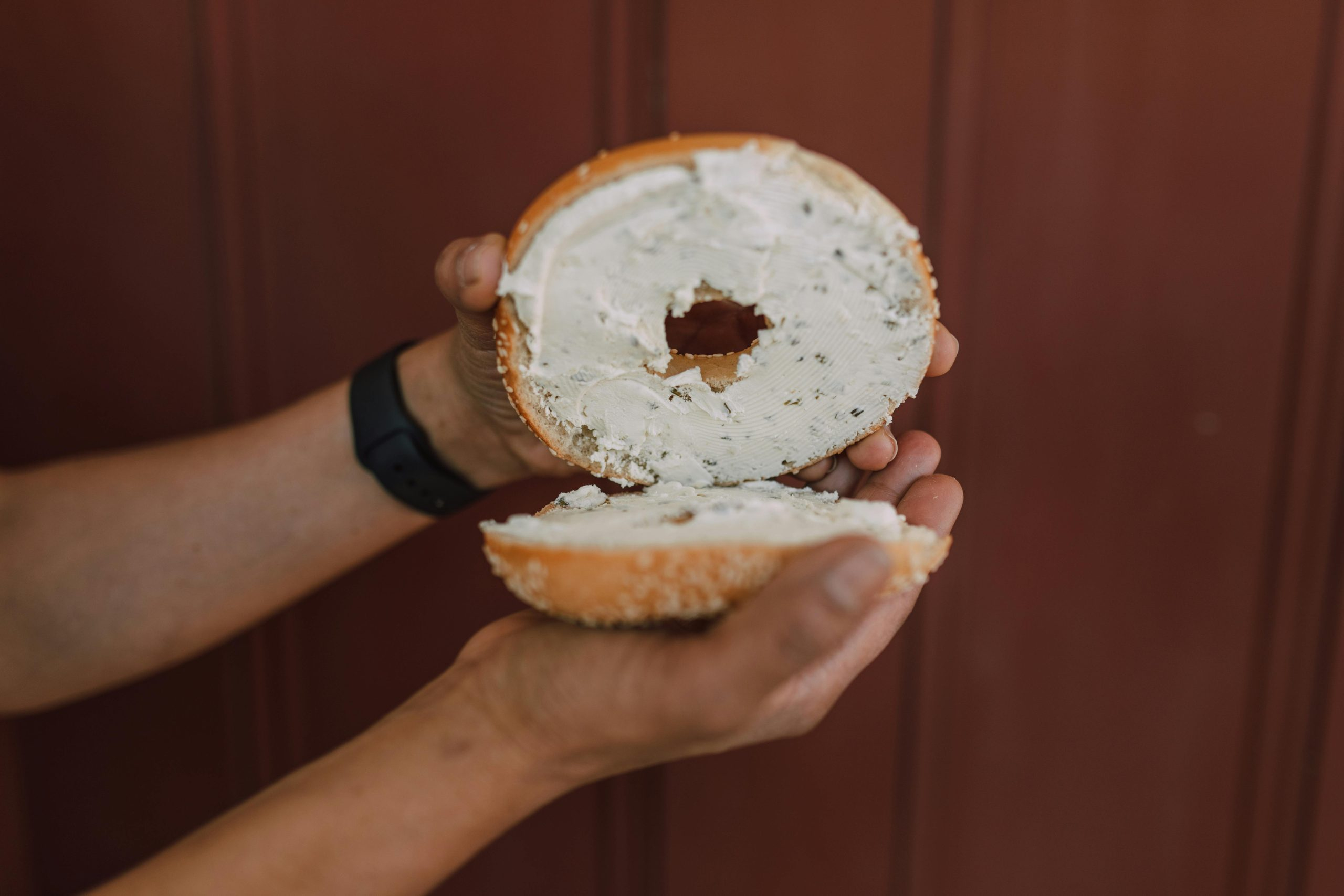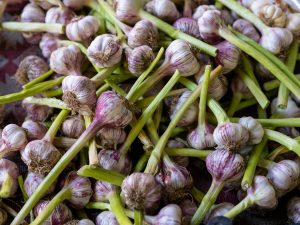Quick Pickles: Fast-Track Fermentation
The art of pickling has been around for centuries, preserving fruits and vegetables for long periods and adding tangy flavors to enhance dishes. But traditional pickling methods can take several days or even weeks, leaving many home chefs to shy away from this tasty technique. That’s where quick pickles come in. With fast-track fermentation, you can create delicious and flavorful pickles in just a matter of hours. Say goodbye to long waiting times and hello to quick pickles: fast-track fermentation.
What are Quick Pickles?
Quick pickles, also known as refrigerator pickles, are a modern take on traditional pickling methods. Instead of using canning techniques that require long periods of time, quick pickles use fast-track fermentation to brine vegetables in a shorter period. The result? Crunchy, tangy pickles that can be enjoyed within a few hours.
The Benefits of Fast-Track Fermentation
Quick pickles use a high concentration of vinegar and salt in the brine, allowing for fast fermentation. This not only speeds up the pickling process but also creates a more flavorful pickle. The vinegar acts as a preservative, along with the salt, making quick pickles safe to store in the refrigerator for several weeks.
Which Vegetables Can Be Quick Pickled?
Most vegetables can be quick pickled, but some work better than others. Cucumbers, carrots, radishes, and onions are some of the most popular choices for quick pickling. These vegetables have a firm texture, making them perfect for pickling. Other vegetables like beans, asparagus, and celery can also be pickled, but may not keep their crunch as well.
Step-by-Step Guide to Quick Pickles
Quick pickles are incredibly easy to make. Here’s a step-by-step guide on how to create the perfect quick pickles:
Step 1: Choose Your Vegetables
As mentioned earlier, cucumbers, carrots, radishes, and onions are ideal for pickling. Select fresh and firm vegetables for the best results.
Step 2: Prepare the Brine
In a large bowl, combine equal parts of water and vinegar. The vinegar used can be white vinegar, apple cider vinegar, or any type of vinegar you prefer. Add in salt, sugar, and any desired spices to the mixture. The spices can include mustard seeds, peppercorns, or even hot peppers for a kick of heat.
Step 3: Prep the Vegetables
Wash and chop the vegetables into uniform slices or spears. You can also leave smaller vegetables like cherry tomatoes whole. Pack the vegetables tightly into a clean jar, leaving a little space at the top for the brine to cover the vegetables completely.
Step 4: Pour the Brine and Let it Sit
Pour the brine over the vegetables, making sure they are completely covered. Place a lid on the jar and let it sit at room temperature for about an hour. This allows the spices to infuse into the vegetables.
Step 5: Refrigerate and Enjoy
After an hour, place the jar in the refrigerator, and let the vegetables pickle for at least 4 hours or overnight. The longer they sit, the more flavorful they will become. Enjoy your quick pickles within a few days or up to a couple of weeks.
Incorporating Quick Pickles into Your Meals
Quick pickles are not just for snacking; they can add a burst of flavor to a variety of meals. Add them to sandwiches, burgers, wraps, or top off your favorite tacos with a tangy crunch. Quick pickles can also be served as a side dish or used as a topping for salads. The possibilities are endless.
In conclusion, quick pickles are a game-changer for those who enjoy pickled flavors but don’t have the time or patience for traditional methods. With fast-track fermentation, you can create delicious pickles in just a few hours. Give them a try and elevate your meals with an extra burst of tangy, crunchy goodness.









